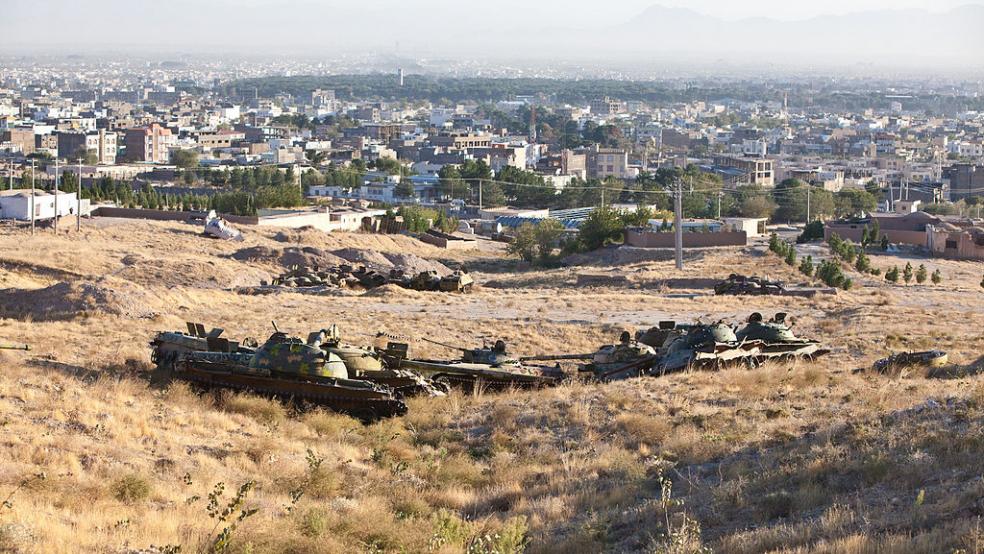The United States Agency for International Development can’t pinpoint the location of nearly two dozen health facilities it funds in western Afghanistan under a $259.6 million program, according to federal watchdogs — potentially placing those facilities at risk of a deadly attack like the one that recently destroyed a Doctors Without Borders hospital in Kunduz.
The Special Inspector General for Afghanistan Reconstruction conducted site inspections at 23 of the 63 health facilities USAID funds in the province of Herat. It found only 12 of the facilities it visited were within one kilometer of the location provided by USAID, according to a new report. Seven facilities were more than five kilometers away.
Related: Is the State Dept. Trying to Muzzle Afghanistan Watchdog?
The watchdog’s review of information about the other 40 medical facilities in the province was only able to confirm the existence of 19 of the sites. “For the remaining 21 facilities, USAID provided old or unclear photographs which did not demonstrate the physical location or existence of the purported facility,” the report said.
Accurate location data is critical in order for USAID to oversee operations at the various health clinics and ensure that the local communities are receiving health services. But beyond agency oversight, accurate GPS data could also make a life-or-death difference.
While it’s unclear whether inaccurate locational data played a role in the bombing of the Doctors Without Borders hospital in Kunduz, “the recent destruction dramatizes the importance of having accurate GPS coordinates for healthcare facilities,” the report reads.
The SIGAR site inspections also uncovered poor maintenance and fundamental operational issues at the health centers. For example, four of the 23 clinics lacked adequate or dependable power, even though USAID had allocated funds for basic utilities at the sites to provide safe storage for medicine. The lack of reliable electricity raises the question of whether the funds are actually reaching these facilities.
Related: Federal Watchdog Saves Billions in Afghanistan
SIGAR inspectors also found that at least 16 of the facilities got rid of contaminated medical waste in open-air kilns, some of which were open to the public. The poor health practice raises the risk of patients or people passing by the hospital being accidentally exposed to the hazardous waste.
SIGAR says the visit to the 23 health facilities is the first in a series of site inspections that the watchdog is planning in Afghanistan. USAID funds approximately 600 clinics and other health care facilities across Afghanistan.
Update: USAID sent the statement below from Larry Sampler, assistant to the administrator for Afghanistan and Pakistan Affairs.
"GPS coordinates are important and one of the tools we use -- along with site visits, inventory inspections, and community feedback -- to monitor our projects in Afghanistan. As we and the rest of the donor community work to improve the accuracy of the coordinates, we have mobilized local Afghan staff and independent monitors familiar with the areas to visit, observe and evaluate the clinics. Using similar methods, SIGAR was able to locate and confirm the operation of the 23 clinics they inspected in Herat.
USAID has helped Afghanistan achieve dramatic health progress over the past decade. The USAID Partnership Contracts for Health project provided technical assistance to deliver basic health services to more than one million Afghans every month. Surveys and independent monitoring show that millions of Afghan citizens are able to locate these clinics, satisfied with their treatment, and experiencing better health outcomes."





